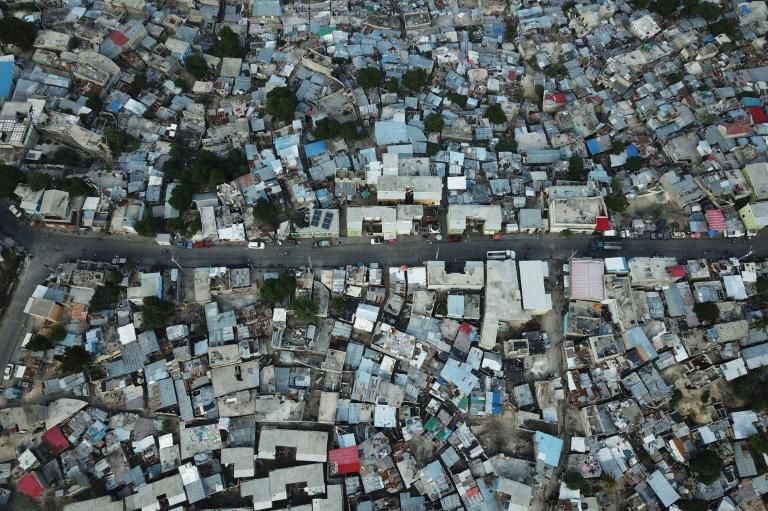Top 10 Countries in Africa with the Lowest Quality of Life: 2025 HDI Rankings
)
Measuring quality of life across nations is complex, but the Human Development Index (HDI), developed by the United Nations Development Programme (UNDP), remains one of the most widely recognised benchmarks.
By combining data on health, education, and income, the HDI offers a composite score that reflects how well societies enable people to live long, educated, and prosperous lives.
The 2025 Human Development Report highlights Africa’s uneven development journey. While some nations are recording steady progress, others remain among the lowest ranked globally, underscoring persistent challenges that affect human well-being.
At the bottom of the rankings are states where systemic issues, including protracted conflict, political instability, climate vulnerabilities, and structural poverty, have stalled progress. Many of these countries struggle to deliver basic services such as healthcare, schooling, and infrastructure, directly depressing HDI outcomes.

The implications are far-reaching: lower HDI scores mean shorter life expectancy, reduced literacy and educational attainment, limited access to decent jobs, and fewer opportunities for individuals and communities.
The 2025 data also highlight the uneven impact of global crises. Several of Africa’s lowest-ranked nations were disproportionately affected by the aftershocks of the COVID-19 pandemic, supply chain disruptions, and inflationary pressures tied to global conflicts.
Rising food and fuel prices, alongside already fragile fiscal systems, pushed millions further into poverty and weakened governments’ capacity to invest in human development. This widened the gap between Africa’s best and worst performers, underlining the continent’s development disparities.
Governance also remains a critical factor. Countries grappling with recurring political crises or armed conflict tend to perform poorly across almost all HDI indicators. Weak institutions undermine reforms, deter investment, and erode stability. In these fragile contexts, the human cost is severe: displacement, disrupted livelihoods, and restricted access to education and healthcare leave deep scars that hinder progress.
)
Still, there are glimmers of hope. Even in the lowest-ranked African countries, signs of resilience are evident. Expanding community education initiatives, renewable energy investments, and youth-driven innovations show that opportunities for improvement exist. The rankings emphasise the urgency of accelerating these gains and tailoring policies to address the unique challenges of vulnerable populations.
By spotlighting the ten African countries with the lowest HDI scores in 2025, this ranking goes beyond statistics. It reveals the lived realities of millions and highlights the scale of the task ahead for governments, regional organisations, and international partners.
Identifying where deficits are most acute is a crucial step in designing effective strategies to bridge the development gap, foster resilience, and ultimately improve quality of life across the continent.
)
The table below presents the ten African countries with the lowest HDI scores in 2025, providing a snapshot of where quality of life remains weakest.
10 Countries in Africa with the Lowest Quality of Life
Rank | Country | Global Rank | HDI |
|---|
1 | Madagascar | 183 | 0.487 |
2 | Sierra Leone | 185 | 0.467 |
3 | Burkina Faso | 186 | 0.459 |
4 | Burundi | 187 | 0.439 |
5 | Niger | 188 | 0.419 |
6 | Mali | 188 | 0.419 |
7 | Chad | 190 | 0.416 |
8 | Central African Republic | 191 | 0.414 |
9 | Somalia | 192 | 0.404 |
10 | South Sudan | 193 | 0.388 |
)
)
)

)
)
)
)
)
)
)
)
)